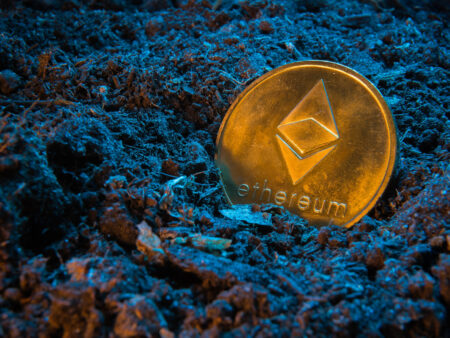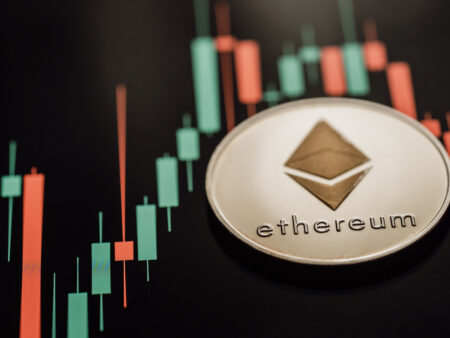As the cryptocurrency market evolves, layer 2 solutions are becoming increasingly significant in the blockchain ecosystem. The combined market capitalization of layer 2 cryptocurrencies has reached an impressive $19.153 billion, marking a profound milestone in the scalability and efficiency of blockchain networks.
The surge in market capitalization of these cryptocurrencies accompanies an intraday trading volume of $11.92 billion, signaling robust activity and liquidity in layer 2 markets. Three cryptocurrencies stand out at the forefront of this burgeoning layer 2 landscape: Polygon (MATIC), Arbitrum (ARB), and Mantle (MNT).
Polygon, currently ranking as the 19th largest cryptocurrency overall, boasts a market capitalization of $5.55 billion. Its objective to enhance Ethereum’s capability through a multi-chain framework spotlights its position as a major contributor to a scalable and interconnected blockchain network.
Lying in the wake of Polygon’s market presence, Arbitrum ranks 32nd amongst all cryptocurrencies and secures the position of the second-largest layer 2 crypto with a market capitalization of $2.668 billion. As an Ethereum layer-two scaling solution, Arbitrum’s role is pivotal for managing the increasing demand for Ethereum’s network resources while mitigating associated costs.
Mantle Network has also marked its territory within the top echelons of this cadre. By intensifying its focus on Ethereum scalability solutions, Mantle Network’s innovation cements its ranking at 35th in the overall cryptocurrency market while attaining the third spot among the top layer 2 cryptocurrencies.
Layer 2 solutions such as Polygon (MATIC), Arbitrum (ARB), and Mantle (MNT) are crucial to reducing transaction costs and accelerating transaction throughput on blockchains like Ethereum. With the high gas fees that often accompany Ethereum’s leading layer 1 technology, the importance of these layer 2 solutions cannot be overstated in providing the necessary enhancements to ensure the scalability and sustainability of decentralized networks.
The continuous development and adoption of layer 2 technologies demonstrate a shared vision among developers and market participants for a more efficient, accessible, and scalable blockchain infrastructure. As these technologies progress, they may redefine our expectations for blockchain performance, positing a future in which transactions are remarkably swift and affordable, catapulting the utility and practicality of blockchain to unprecedented heights.










